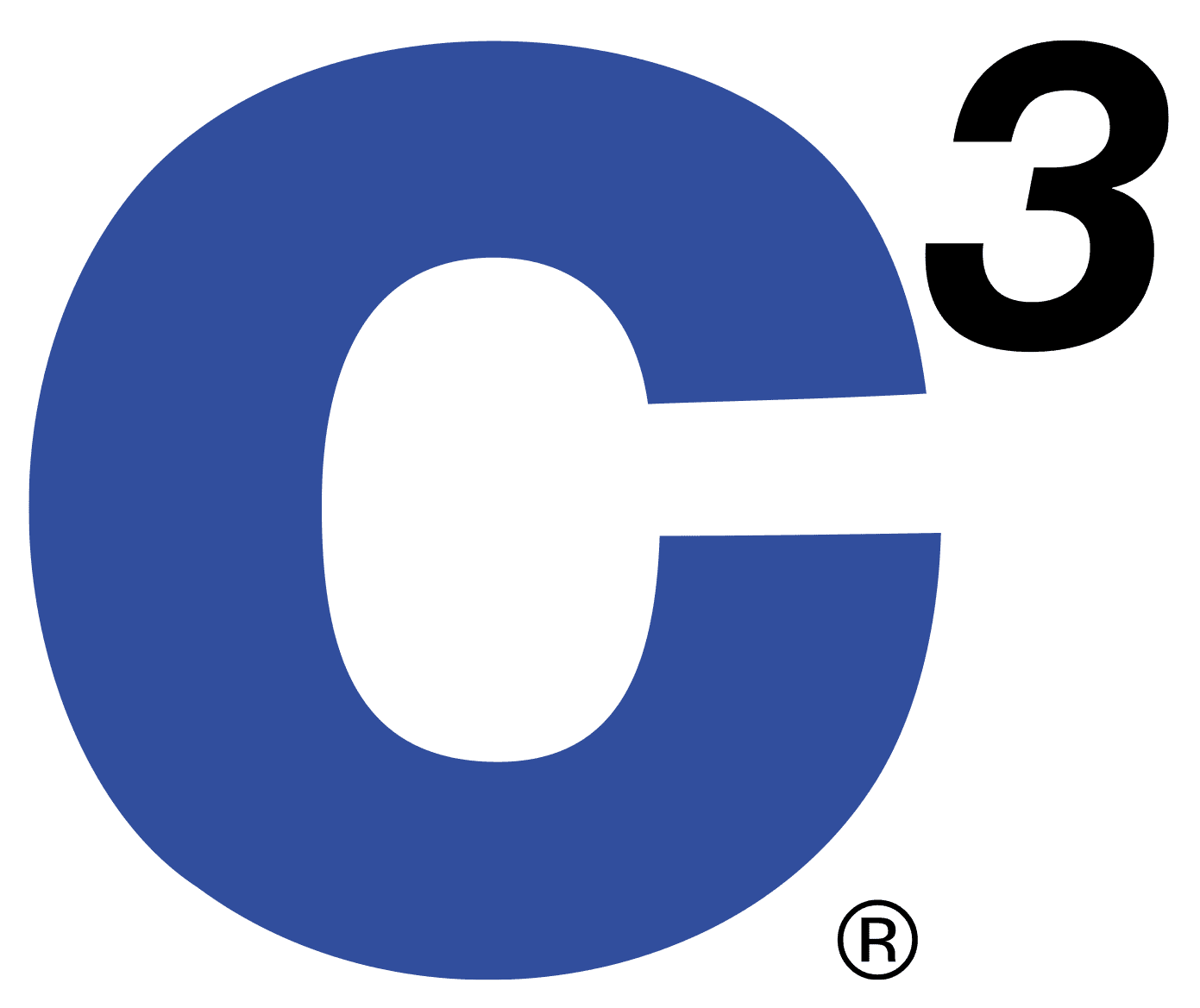Early in 2019, we unveiled our latest machine the FD1000 Force Deflection QA System. You may have seen how the unit works in our new magazine, ENG*NUITY, but in short, our goal with this machine is to help you improve uniformity in your product and hunt down manufacturing issues that are causing product issues.
We tapped Joe’s brain about what the force deflection QA system does and why a test like this is so important to the foam and mattress industry. Click his big grin below to go behind the design!
As Joe explains it, “The FD1000 measures forces by pushing a load cell on the bottom of a disk into the foam. What we’re measuring is the deflection of the foam coming back into that load cell. We’re also measuring temperature and moisture when we’re taking that test.” The disk takes a reading at 25% and 40% compression, which are the same test points used in traditional ILD testing. You can use the test to set a standard and then compare each product to that standard. The test cycles in about 25 seconds, so it won’t disrupt your line and is a quick check to determine if the product should be pulled or move on to packaging.
How Does the FD1000 Help Manufacturing?
The big question we asked when developing the FD1000 was this: How do you know the final mattress is what you wanted unless you test it once it’s completed?
Joe explains, “When we looked at the market today, lab testing on ILD is done on individual parts, but never on the finished product. We decided it would be easy to incorporate a test for the bed into a production line. What we want to do is help our customers to get a better benchmark of what they want their beds to be.”
“You can’t have variation in your product. If you’re selling a soft bed and it turns out hard, that’s a problem. If you’re having issues with returns or poor manufacturing, this system will easily pay for itself by catching any flyers before they’re in the hands of your customers,” Joe says.
What does including a force deflection QA system mean for your production? With this quick, in-line test, you can now prevent a faulty mattress from ever being packaged. Joe elaborates, “What the FD1000 data signals is any kind of major flaw in the bed; things that are 40-60% off. It’s that last, final check before you package it to make sure it’s an acceptable product for what you’re selling.”

We do this by helping you establish your standard and measuring against it. In combination with the lab test you’re likely already doing (ILD testing against ISO 2439), the FD1000 can be programmed to measure the force pushed back against the plate by the product. This is a fast way to review if the bed trends as expected or if it’s one you should pull from your line. Later, you can see if there are any trends in the data that you can prevent within your manufacturing process.
What Defects Can It Find?
When it comes to specific beds, the FD1000 can spot a variety of problems. “Wrong parts, too much glue, too tight of covers, beds put in covers upside down,” Joe says. “All these issues will cause you to see measurement variations that will be noticeable by an end consumer. This unit can save manufacturers from the embarrassment of having these mistakes shipped and help them reclaim the consistency of their operations.”

The FD1000 data helps you determine more than the pass/fail status of a specific bed. You can review all data to determine where issues are originating in production. By identifying trends, you can evaluate how to improve your manufacturing processes. Electrical Engineer, Jon, explains, “The data is searchable and allows for quick viewing of product tests. The results can be superimposed on one another for comparison. You can use this to determine consistency for an entire product line, check the accuracy of products built during a specific work shift, or even track if a certain supplier is responsible for product returns.”
Handling customer returns is more than a pain – it’s expensive and avoidable in both the short and long term. “If you’re seeing high rates of returns due to manufacturing issues, these can be prevented,” Joe insists. “The dollars associated with poor manufacturing are a waste of your resources and can damage your brand’s reputation. We hope by using the FD1000, manufacturers are able to catch faulty product and improve their production efficiency and consistency.”
Would you like to learn more about how the FD1000 can help your operations? See it live at Foam Expo in Novi, MI from March 26-28, or set up a time to meet with our team at Foam Expo or Interzum in Cologne, Germany from May 21-24.
